Temporary worker housing, also known as “man camps,” have been around for hundreds of years, providing accommodations to everyone from 19th-century railroad workers and gold miners to displaced World War II veterans and modern-day construction laborers.
These temporary houses can consist of RV parks or durable fabric structure buildings, and oftentimes are arranged around a central hub, cafeteria, or assembly area.
Man camp communities are built when creating permanent housing is too much of a gamble, during short-term jobs, or to house workers in remote situations such as oil drilling or mining. Workers can’t easily commute to and from their home to a remote job location, so they stay as a temporary resident at this location.
Here’s how man camps developed from early tents to luxury temporary housing units and resort-quality camps.
1880-1890: Biloxi, Mississippi
In the late 1800s, Biloxi, Mississippi experienced a surge in population due to the expanded coastal railroad service, and the introduction of ice for refrigeration created an influx of available jobs in the seafood factory industry. Owners of these factories began building quick, clapboard houses for seasonal workers, called labor camps. This is widely believed to be one of the first instances of man camps in the U.S.
1915: Anchorage, Alaska

1915 saw a boom of hiring at a railroad construction port in Ship Creek, Alaska, where hundreds of people traveled to wait for a job. The Alaska Engineering Commission auctioned off townsite lots and moved its headquarters to this site, renaming the camp “Anchorage” in 1920. Anchorage became a workforce housing community and eventually Alaska’s most populous city.
1930s: Hoover Dam, Colorado
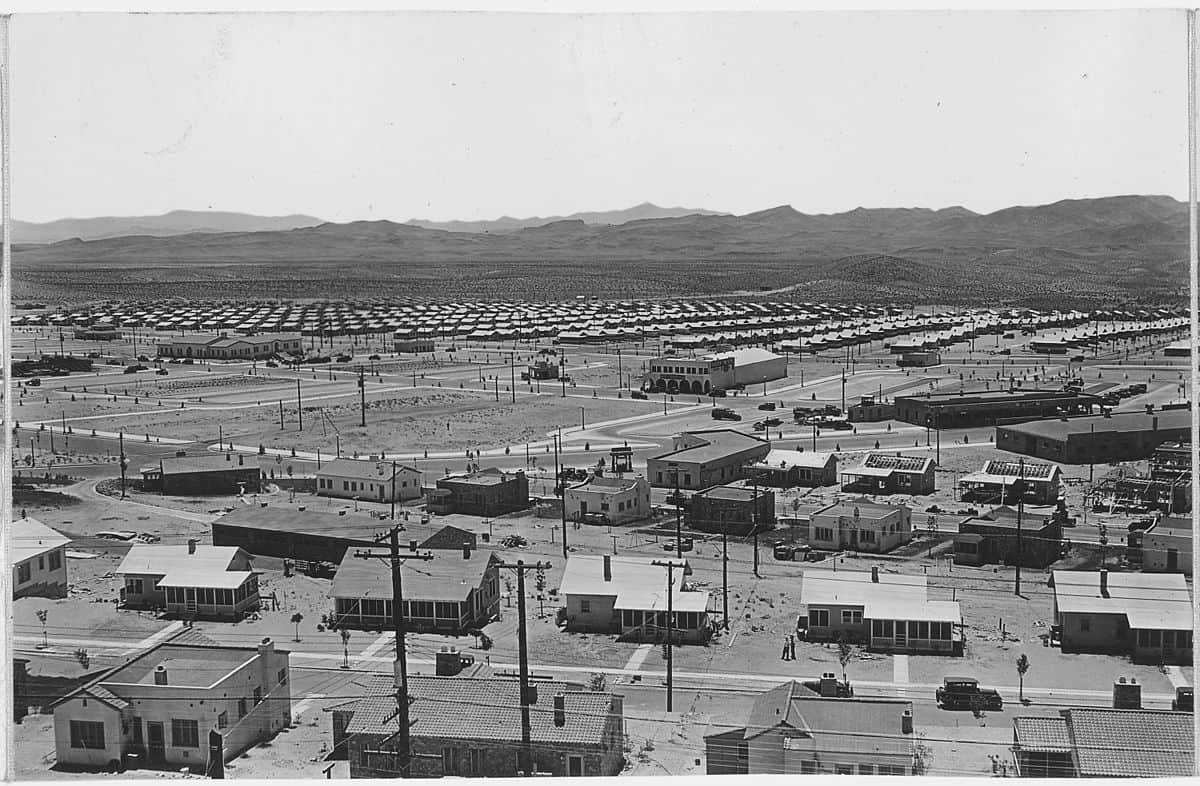
During the Great Depression, a mass of unemployed workers traveled to the site of Black Canyon by the Colorado River for a limited number of construction jobs on the Hoover Dam. Men who hoped to find work pitched tents along the river, until the Bureau of Reclamation constructed a temporary housing community named Boulder City.
This “city” also had shops, a theatre, a one-room schoolhouse, a hotel for visiting dignitaries, and eventually its own hospital. “Clean living” was encouraged and alcohol was prohibited in Boulder City until 1969.
1940s: Post-WWII and the National Housing Emergency
After World War II, thousands of returning soldiers were looking to pick up where they left off, either by returning to work, starting a family, or going back to school.
Temporary housing structures, in the form of prefabricated homes and trailers, had to be built for the influx of men returning home, as well as temporary dorms on college campuses to cover the spike in student body population while new, permanent structures were being planned. This was dubbed the “National Housing Emergency” in 1946.
The federal government even used Quonset huts — military war-time structures — for a variety of post-WWII housing communities since they were portable and easy to set up.
Modern Man Camps
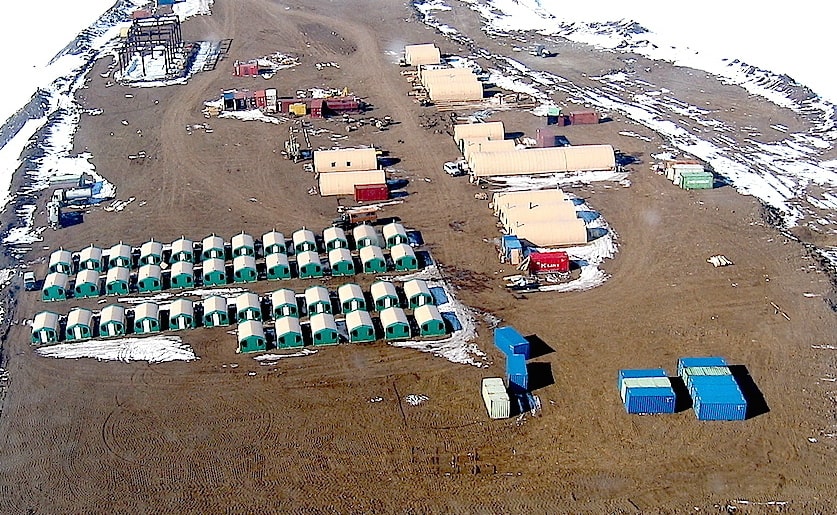
Nowadays, the modernization of man camps can bring luxury to remote worksites requiring temporary housing.
The man camps that house these 21st-century workers have come a long way from the clapboard houses of the 1800s. Companies such as Alaska Structures create durable and engineered fabric structures that are portable, can withstand severe weather, feature easy setup, have minimal foundation requirements, can be used for short- or long-term operations, and are easily taken down and relocated.
Some modern workforce accommodations and man camp communities even boast resort-level facilities, such as dining facilities with gourmet food options, gymnasiums, libraries, internet cafes, coffee shops, medical clinics, community shops, and entertainment.
Have more questions about man camps and temporary worker housing? Contact Alaska Structures today to discuss your modular housing unit and remote man camp needs.
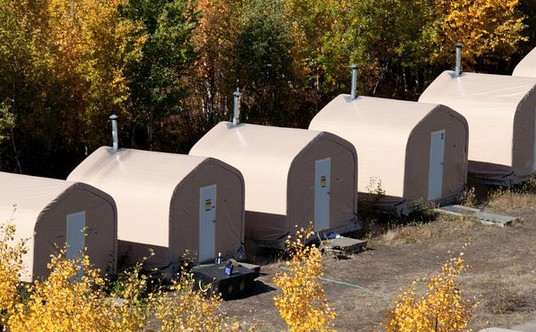

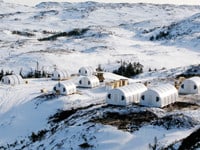

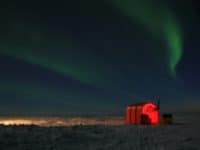



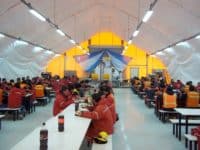

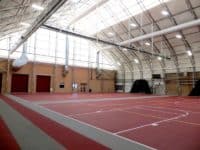










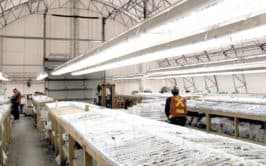


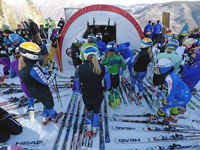
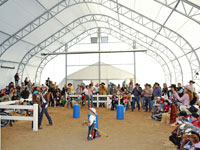



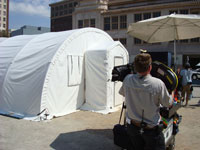
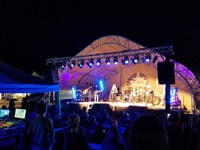
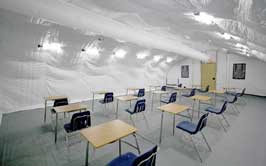


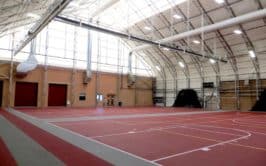

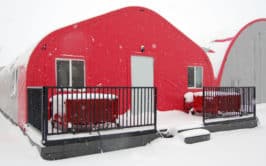

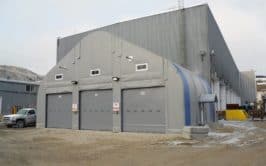

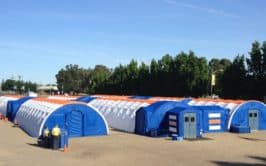
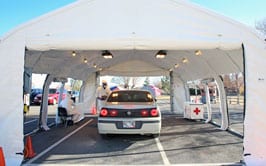
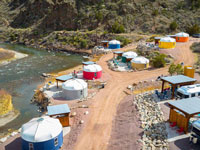

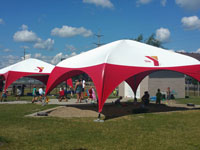
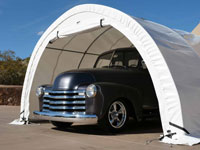
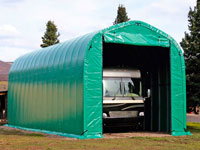
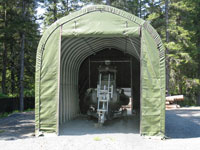
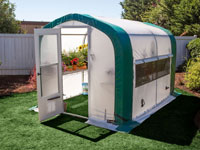
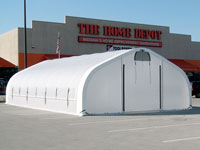
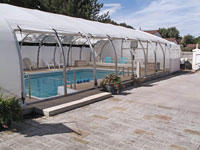
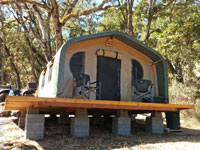
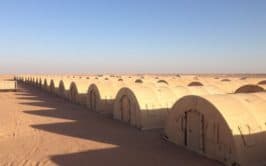
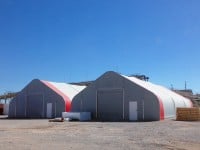

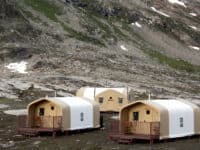

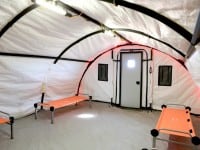
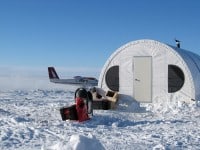
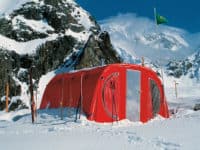
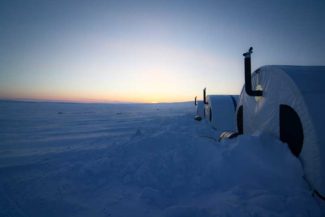

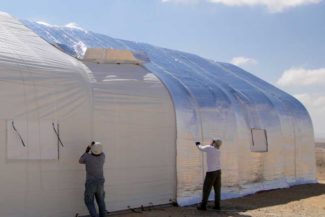

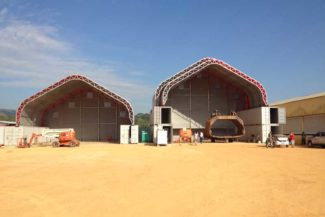

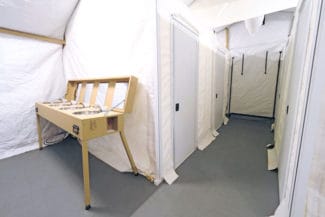
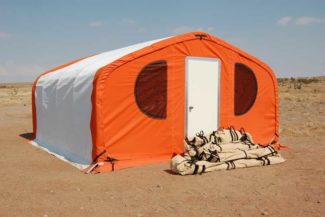
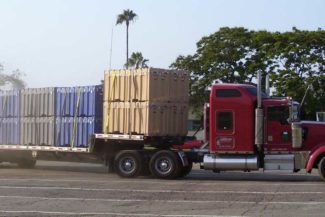
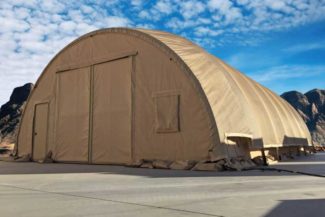


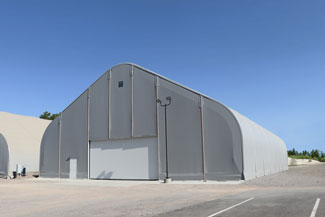

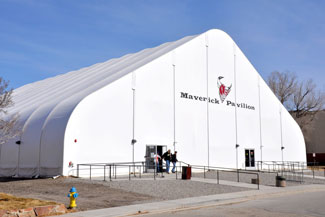

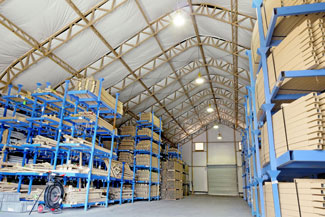
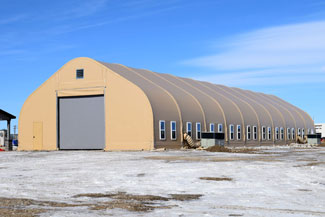


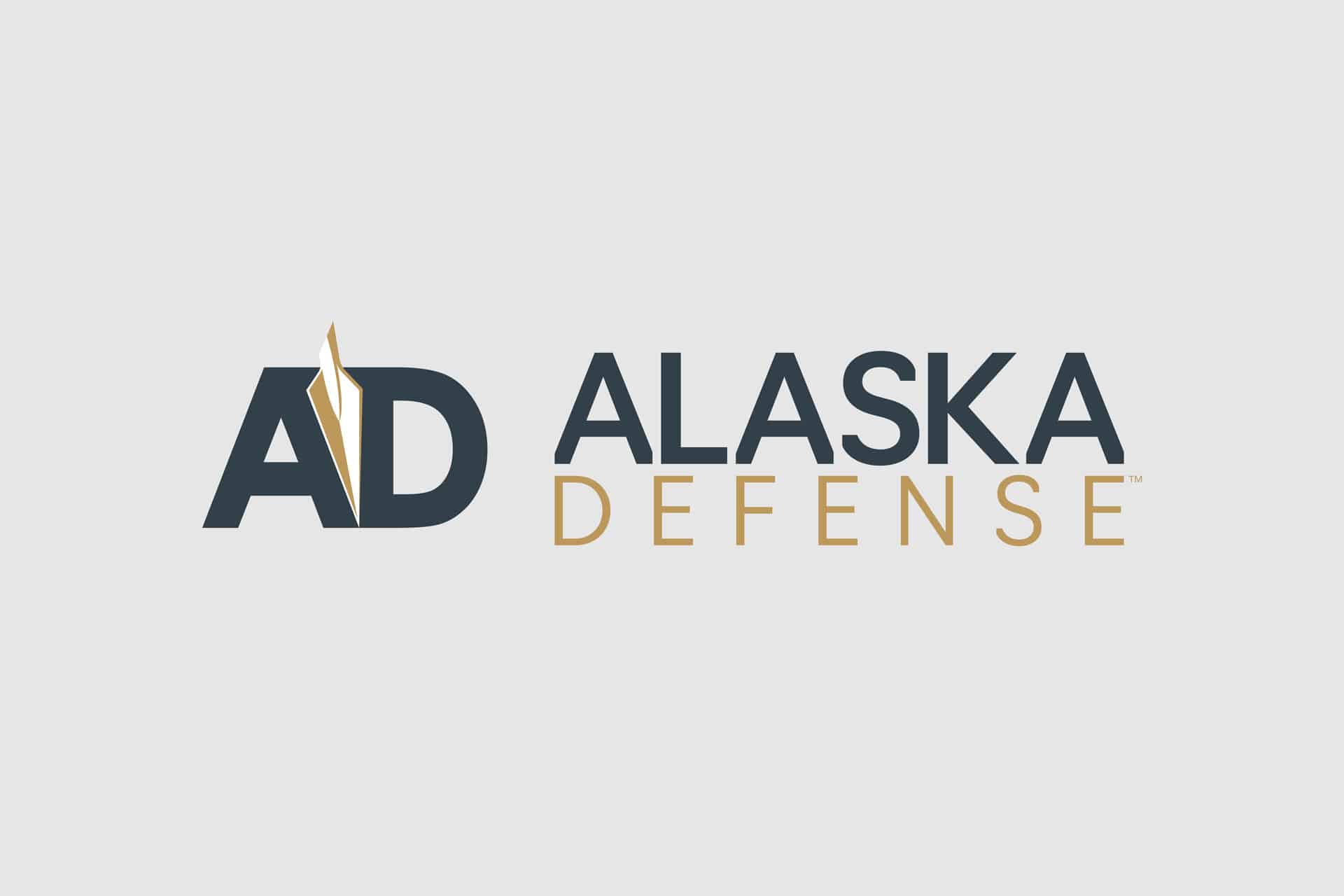
Leave a Reply